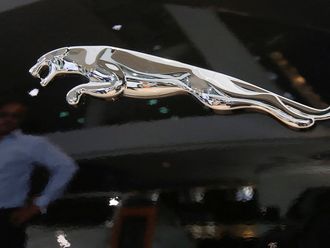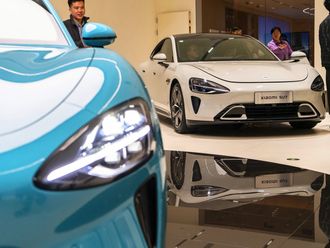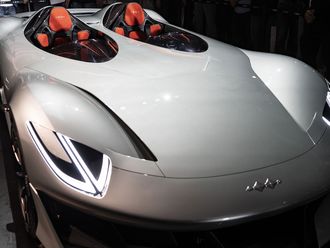The unexpected announcement of the world’s next biggest mall in the heart of Dubai has literally made the world sit up in awe... once again.
The Mall of the World is of course a huge expression of the confidence of Dubai in its future growth and role as a eetail leader. And from the announced plans it is evident that another really unique destination is in the offing.
Interestingly, it came at a time when many people were beginning to ask if the time for large regional malls had peaked and if there was space for more. The scramble among developers today is more to find ways to keep enhancing the asset values of their properties.
Practically all the large developments are in the midst of expansion or renovation. Besides squeezing the last possible dirham from their assets, these are also indicative of the need to maintain their relevance and leadership positions. It is not easy as the fickle public, especially tourists, vote with their feet by making a beeline for what seems to be the newest, most exciting destination. But still, good operators are able to keep their bottom-lines growing.
At the same time, many of them have realised that in the rush to be bigger, better and more innovative, they had lost sight of an important constituency and that is of local resident-customers. One after another, large and attractive malls opened their doors and, like everyone else, residents were pulled in and soon got used to going to them for their shopping, including even groceries and services.
Needs closer to homes
But something seems to have changed in the last year or so, and there is a rush to find these customers and meet their needs closer to their homes. There are a number of community malls or centres now under development in Dubai and Sharjah, through major developers like MAF and Nakheel and also by others.
Add to this the number of street-side shopping centres coming up, especially in the Jumeirah, Umm Suqueim and Shaikh Zayed Road areas, and it is evident we have now entered the next phase of development which focuses on providing customer convenience and not just the hubris of ‘build and they will come flocking in’.
This does not mean regional malls will become irrelevant. They still remain magnets sucking in customers from near and far.
But with lifestyles changing and people get busier and travelling distances become more stressful, shopping patterns are gradually shifting. Customers will continue to go to the larger malls when they have more time to kill or a larger shopping agenda.
This makes the number and quality of brands that they house so important. And It also emphasises the need for constantly novel entertainment. After all, as a resident, how many times are you going to go to look at a ski jump or aquarium?
For other shopping needs, for dining, or indeed just passing some time, it is more convenient and also more intimate to go to the nearest shopping strip or centre. You get there quickly, park painlessly, do not have to walk long distances, and get out just as easily.
Not only does this augur well for smaller shopping centers, but it also indicates the genesis of real communities, where customers feel they belong and are recognised. It is important these smaller locations clearly define their offerings and are positioned to be different from their larger and well-established competitors. The current experience of Wasl Square and Citywalk do seem to indicate that this is happening and a lot of smaller, newer and even innovative local brands are finding a place, which they would never have got — or would not be able to afford — in a larger mall.
Of course, the new community malls that are coming up in the newer parts of Dubai have the important role of providing conveniences and services. Just as important, they have a role in building a sense of belonging among residents by creating the nucleus around which the community develops and grows.
This is a sign of the maturing of a city.
— The writer is CEO of Tridayle Consult FZE, a retail consultancy.












